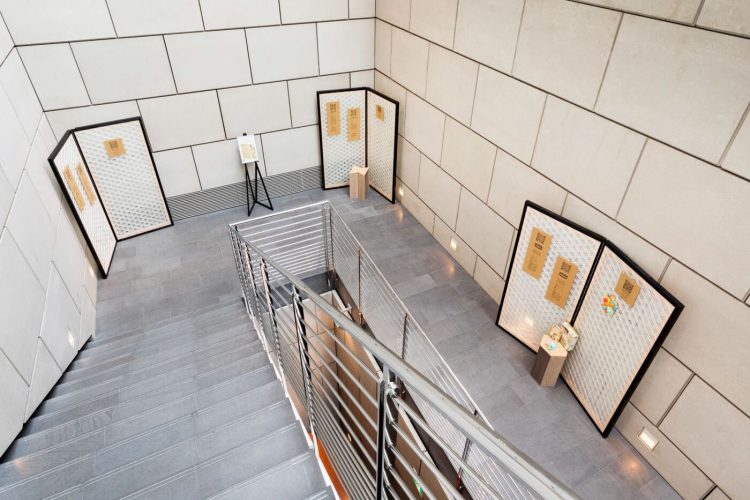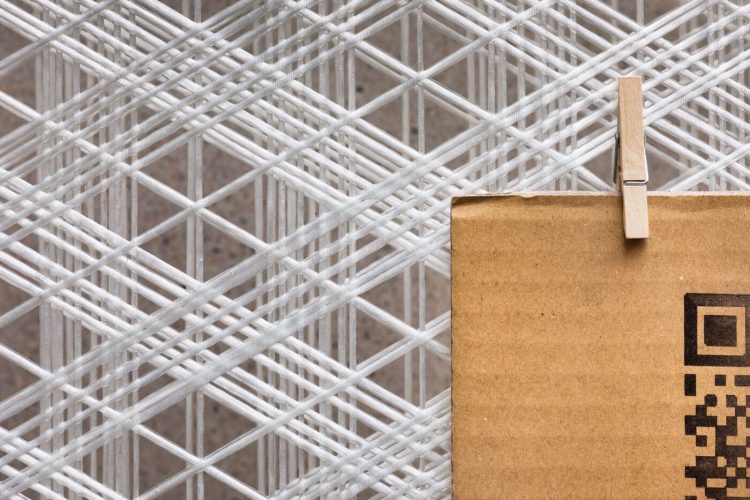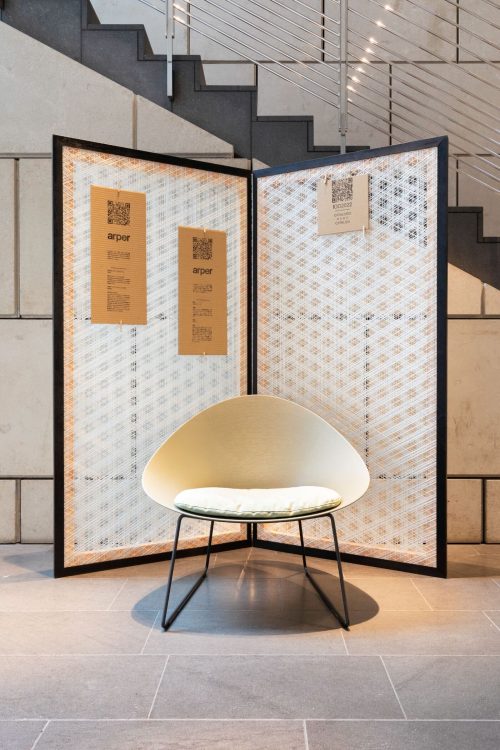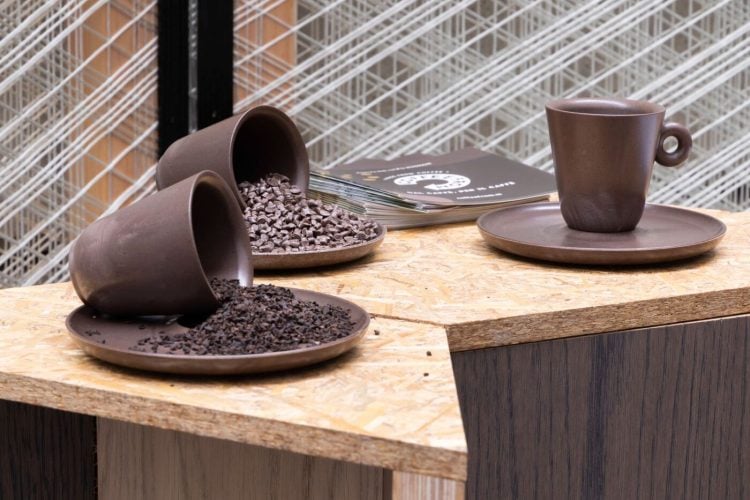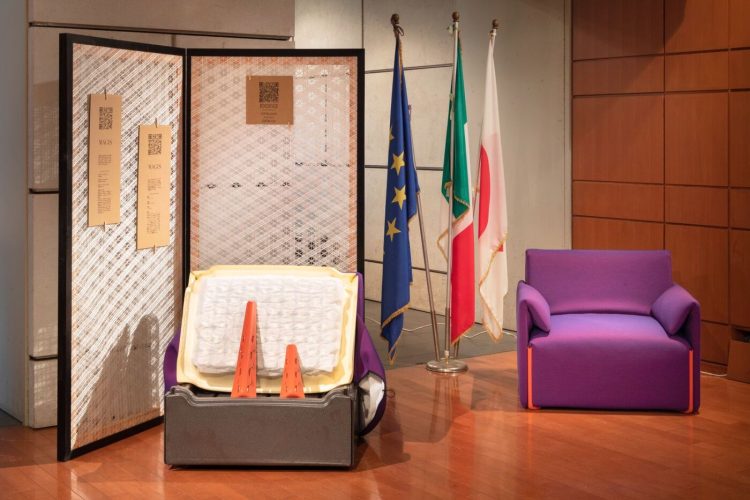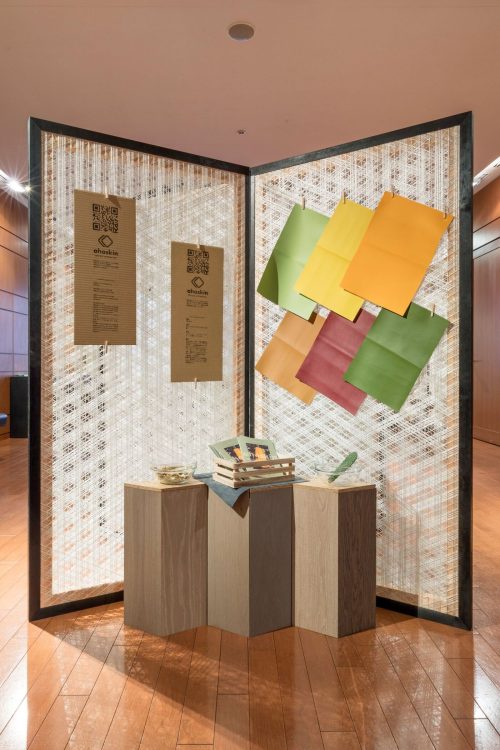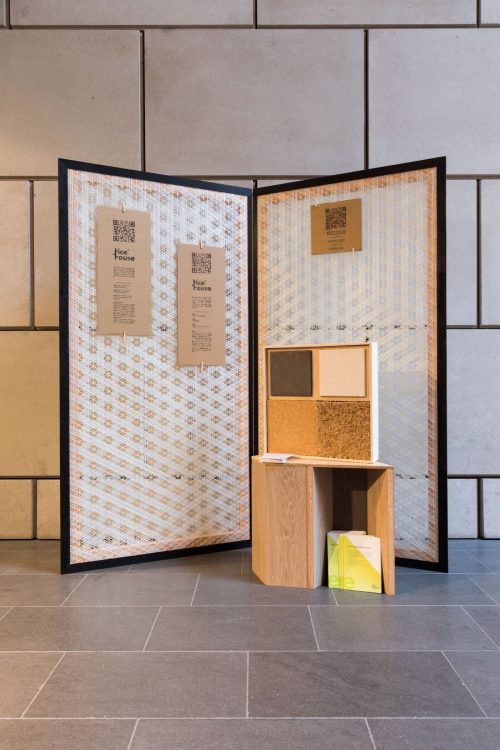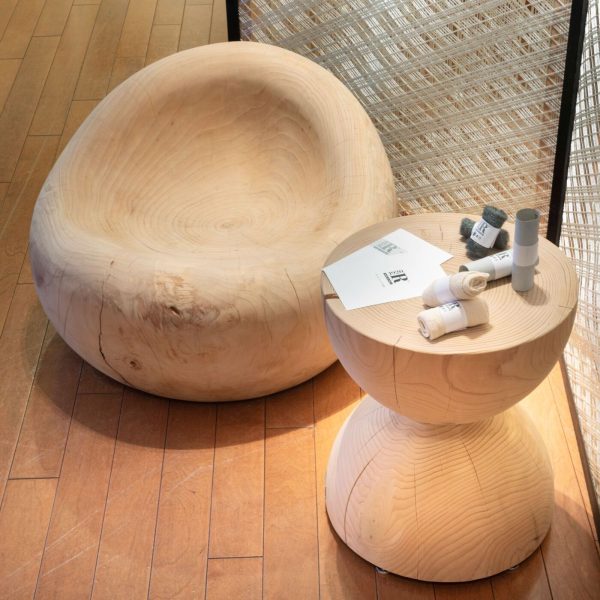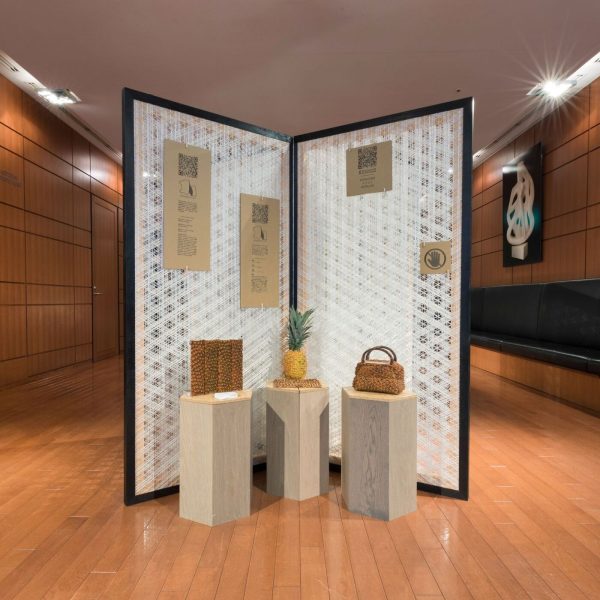"Testimonial of Italian Design in Tokyo" on the occasion of Italian Design Day 2022
I am honored to have been nominated as "Testimonial of Italian Design in Tokyo" on the occasion of Italian Design Day 2022. The IDD is a project of international promotion of the excellence of Italian design, organized by the Italian Ministry of Foreign Affairs, ADI, Triennale di Milano and others, in collaboration with the Italian Embassies worldwide. One hundred "Italian Design Ambassadors" contribute to fostering cultural ties between Italy and the rest of the world.
"Re-Generation. Design and new technologies for a sustainable future" is the theme proposed for 2022. Regeneration is an essential approach for imagining a new idea of modernity and a sustainable future. "The circular design" - writes the Association for Industrial Design (ADI) – "has a central role in creating and disseminating new production models, recovering the value of resources and energy through strategic design choices, in following precise rules in architecture as in the field of processes and products." The circular design is now an essential element for imagining a new idea of modernity and a sustainable future.
Enzo Mari, an ascetic and charismatic protagonist of Italian design of the twentieth century, argued that "Ethics is the goal of every project." Italian design has always been synonymous with innovation, research, and experimentation. But the whole world has known, appreciated, copied, and bought it above all for its beauty, never separated from ethics.
Ethics and Esthetics merge today in Italian design as it happened in the past. Nowadays, however, there is a third E to be added: Ecology. In contemporary design, it is no longer conceivable a product that, however beautiful and good, is not also sustainable.
Esthetics, Ethics, and Ecology are the three Es to consider every time we create an object.
We are facing a new collective responsibility that concerns those who design, those who produce, those who market, and those who buy design objects.
The millenary traditions of Italy and Japan have taught us about ecology. The use of materials was always consistent with their characteristics and potential. Recycling and reuse were natural gestures in our past, and they were an economic necessity.
We can find this thinking in old Japan - according to Isao Kitabayashi of Sustainable Business Hub – for example, with "refusing the use or purchase of what's unnecessary. In architecture, master builders developed techniques that did not require the using other materials like iron nails. Old kimonos were made into pillows or dust cloths or turned into ash as fertilizers. Even inorganic materials, like metal pots, stones, and tiles, were used to build new walls, or old umbrellas were collected and repaired. (…) We can say that within their resource limit, the Japanese found harmony with nature as they searched to maximize life satisfaction within circular systems. That was definitive of Japanese culture.
Design and nature have coexisted for millennia in complete harmony. Then this thread broke, and we began to behave as if our planet's resources were unlimited. Today, technology allows us to take a big step forward. We can rediscover the concept of productive parsimony, not to produce less but to produce in a different, ecological way. Regenerating waste means cutting disposal costs while creating economic benefits, new jobs, and benefits for the environment.
Last March, I have had the pleasure of curating the exhibition "Italia, ricicliAMO. Design e Economia circolare", organized by the Italian Embassy and hosted by the Italian Cultural Institute in Tokyo. Italian materials and products made from agricultural, industrial, or post-industrial waste recovery were showcased. A digital catalog - curated by Valentina Cannava - was also created for the occasion.
The eleven companies featured in the exhibition and the catalog include heterogeneous sectors and produce innovative products and materials starting from the recovery of waste, demonstrating the high level of research and technological innovation that has always distinguished "Made in Italy." They also share the same motto: "Waste, from problem to resource."
I have conceived the staging of the exhibition to be circular and sustainable. The Hexae displays are made with recycled parquet slats. The i-Byobu - used as a backdrop for the products - is made with wood combined with the innovative i-Mesh recyclable fiberglass fabric. Both products will be reused at upcoming exhibitions. The captions accompanying the products are made with laser engraved recycled cardboard. Finally, the exhibition catalog is only available in a digital version to avoid wasting paper.
Regenerating means offering a second chance, proposing a rebirth. It allows us to give objects and materials a double life, transforming waste into a resource. Regenerating also means giving ourselves a new opportunity to create a more Esthetic, Ethical, and Ecological world.
"Look out the window," - said once Enzo Mari – "If everything you see outside is beautiful and right, and you approve of it, there's nothing left to design. If there is something that makes you want to choke the designer and the commissioner with your own bare hands, something that horrifies you, that is the reason for your project".
Exhibition contents
Arper - ADELL, a chair whose shell is made with post-industrial recycled plastic.
Chicco-Artsana - OWLY RATTLE toy from the ECO + line, made of recycled plastic from industrial waste.
Coffeefrom - Set of cups and saucer made with industrial coffee grounds.
Magis - COSTUME, a modular sofa made of recycled and recyclable polyethylene.
Mogu - WAVE acoustic panel, produced with agro-industrial waste materials, such as cotton and hemp.
Nazena - Products made from textile waste in both natural and synthetic fibers.
Ohoskin - Biobased and vegan material, made with scraps of oranges and prickly pear shovels.
Orange Fiber - Sustainable fabrics created from the by-products of citrus processing.
Ricehouse - Building products made from the by-products of rice processing.
Riva 1920+Arflex Japan - CLESSIDRA and MAUI, two stools produced with cedar trees fallen as a result of natural events.
Verabuccia - Pineapple material, similar to the skin of a reptile but made from the waste of pineapple.

 English
English 日本語
日本語




